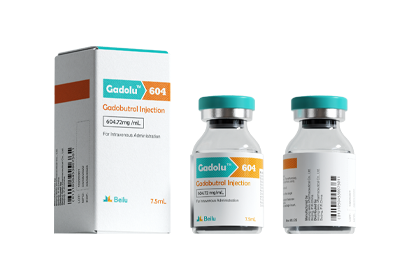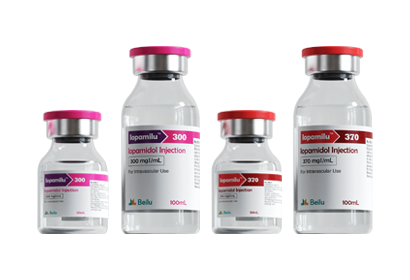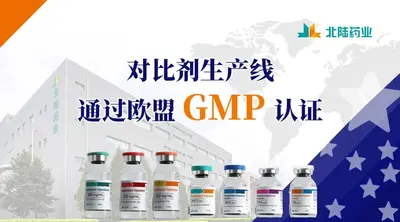1. Does the allergy test of iodinated contrast agents need to be done?
The allergy test of iodinated contrast agents cannot reduce the risk of adverse reactions. The guidelines of American College of Radiology (ACR) recommend that the use of iodinated contrast agents for intradermal pre-tests has no predictive value for adverse reactions, and it may be dangerous itself, which is not recommended.
The Chinese Guidelines for the Use of iodinated radiocontrast dye (2nd Edition) suggest that no allergy test of iodine is required unless the product instructions indicate special requirements.
2. Does the iodinated contrast agent need preventive medication?
Before the administration of hypertonic iodinated contrast agents, preoperative prevention of high-risk patients (such as allergies, asthma, cardiovascular disease) can reduce the possibility of adverse events of all severity.
Before the administration of hypotonic iodinated contrast agents, preoperative prevention for high-risk patients can reduce the possibility of mild and overall adverse events.
3.Does the iodinated contrast agent need to be hydrated? How should it proceed?
For high-risk patients to use iodinated contrast agents produced by contrast media companies, hydration is recommended to reduce kidney risk.
The hydration plan recommended by the ACR guidelines: within 6-12 hours before injection of iodinated contrast agents and within 4-12 hours after injection of iodinated contrast agents, 0.9% normal saline should be infused at a rate of 100ml/hour.
The hydration plans recommended in the Chinese Guidelines for the Use of Iodinated Contrast Agents:
Arterial medication: It is recommended to supplement with normal saline 6-12h before contrast agent injection, or 5% glucose plus 154mmol/l sodium bicarbonate solution with drip fluid flow rate≥100ml/l; after contrast agent injection, continuous intravenous rehydration ≥100ml/l for 24 hours
Intravenous medication: Oral rehydration is recommended, starting 4-6 hours before the contrast agent injection and continuing for 24 hours after the contrast agent is used. Clean water or normal saline should be taken orally at the usage amount of 100Ml/H. If conditions permit, it is recommended to use the same hydration method as intra-arterial medication.
 Iohexol Intermediate 5-Amino-N,N'-bis(2,3-dihydroxypropyl)-2,4,6-triiodo-1,3-benzenedicarboxamide
Iohexol Intermediate 5-Amino-N,N'-bis(2,3-dihydroxypropyl)-2,4,6-triiodo-1,3-benzenedicarboxamide
 Iohexol/Ioversol Intermediate 5-Amino-N, N'-bis(2,3-dihydroxypropyl)-2,4,6-triiodo-1,3-benzenedicarboxamide
Iohexol/Ioversol Intermediate 5-Amino-N, N'-bis(2,3-dihydroxypropyl)-2,4,6-triiodo-1,3-benzenedicarboxamide
 Ioversol Intermediate (order based) N, N'-Bis(2,3-dihydroxypropyl)-5-(glycoloylamino)-2,4,6-triiodoisophthalamide
Ioversol Intermediate (order based) N, N'-Bis(2,3-dihydroxypropyl)-5-(glycoloylamino)-2,4,6-triiodoisophthalamide
 Iopamidol Intermediate (order based) 5-Amino-2,4,6-triiodoisophthalic acid
Iopamidol Intermediate (order based) 5-Amino-2,4,6-triiodoisophthalic acid
 Iopamidol Intermediate (order based) 5-Amino-2,4,6- triiodisophthaloyl acid dichloride
Iopamidol Intermediate (order based) 5-Amino-2,4,6- triiodisophthaloyl acid dichloride
 Diethylenetriaminepentaacetic acid (DTPA)
Diethylenetriaminepentaacetic acid (DTPA)

 EN
EN
 jp
jp  fr
fr  de
de  es
es  ru
ru  ar
ar 




























 Call us on:
Call us on:  Email Us:
Email Us:  No.3 Shuiyuan West Road, Miyun District, Beijing, China
No.3 Shuiyuan West Road, Miyun District, Beijing, China 